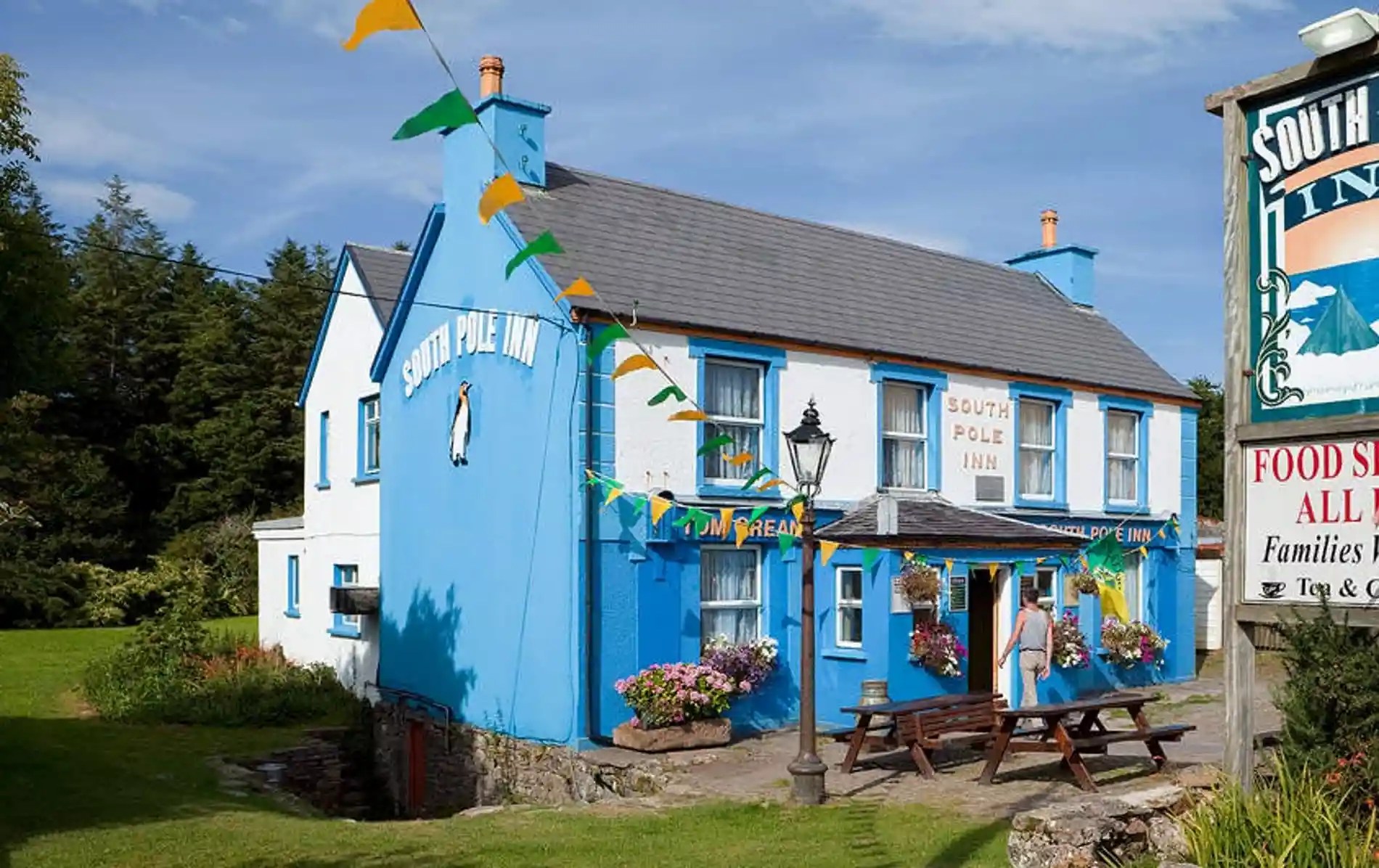source: internet
What make an explorer?
We discovered in the last post that creativity is not a feature of an explorer. What then? Why do they go to the most desolate, frozen wastelands? Why do they risk everything and suffer so much pain? Can it be for recognition? For bragging rights?
The ability to casually tell your buddies in a pub Oh, that reminds me of that time I was crossing Antarctica to reach the South Pole.”. However, not all explorers get to brag about their adventures.
Meet Tom Crean.
Or Tomás Ó Croidheáin, as he was born and raised in Kerry County. But since he is known in history as Tom Crean, we’ll stick to that. Tom was born in 1877, and his uneasiness pushed him out of his home as soon as he reached the ripe age of fifteen. He ventured to Cobh, where he enlisted in the Royal Navy. During his days in the Navy, he traveled the world, got promoted all the way to Warrant Officer, but most importantly, he met Capt. Robert Scott, a renown Arctic explorer. It didn’t take Scott long to instill a thirst for Arctic adventure in young Tom.
Discovery Expedition
It’s no surprise, then, that when Tom found out that Captain Scott was organizing an expedition to Antarctica, he immediately volunteered. This was the first British Antarctic expedition since the James Ross expedition sixty years ago, so they were all learning their ropes at this time. The expedition didn’t reach the South Pole, but Scott was so happy with the outcome that he made a vow that he would reach the South Pole by the end of the decade.
Terra Nova expedition
The preparations for the expedition took Captain Scott way longer than he expected, and he only got ready by 1910. It was now or never for him. The weather, however, decided not to be cooperative. The expedition had to fight bad weather almost all the way. And by bad weather, we mean antarctic bad weather, which is to regular bad weather what Old Ironsides is to a sloop. However, the expedition pushed forward, all the way up to a point where they were missing 150 km to reach their goal. At that point, most of the expedition members were ordered back by Scott. Only he and three others remained. Crean among them. He was pulling a sled with equipment all the way. Scott, seeing that the weather is getting worse, decided to push the last 150 km with a smaller team of only three men. He ordered the remaining man back and went forward. That was the last time anyone saw him alive.
Albert Medal for a hike?
During their return trip to the forward base, Lt. Evans, a member of the team, collapsed. It was still 56 kilometers to the forward encampment. Leaving him would be a death warrant. And so Tom ordered two other expedition members to lay down camp. He himself decided to venture forth to get help. An 18-hour hike along the Ross Ice Shelf, with below-zero temperatures, no tent, not even a bedroll, and with only a few biscuits and chocolate bars to his name. But the mad lad did it, reached the base, and got help going. Keep in mind that he accomplished this amazing feat of endurance while still fatigued after hauling a sled through ice for 3 months and 1,500 km. For this, he was awarded the Albert Medal by the king. A few months later, he even went on to find the frozen remains of his friend, Capitan Scott, and give him a proper burial.
The ill fate of Endurance
source: Weddell Sea Exhibition/PA
In 1914, Crean was taking part in another Antarctic expedition, led by Joseph Stackhouse. Their ship, the Endurance (what a beauty she was), got stuck in ice in the Weddell Sea. The ship drifted, stuck in pack ice, for 10 months, with all the crew living on board. They were hoping to be found by rescue parties; however, they drifted far away from their original course. During all that time, the ship was slowly crushed by the ice pressure. The crew abandoned the ship just before it gave in to the pressure. The crew ventured through the icy wasteland for five months, hoping to find land. After that time, they reached Elephant Island, where they set up camp. However, they needed to find rescue. They fitted one of the lifeboats with makeshift sails and went forth, with Tom Crean—as one of the four fittest men—on board, on a most amazing venture. They traversed 1,300 km of the South Ocean, the most treacherous body of water on Earth, cold, wet, and ill equipped, on a 6-meter-long lifeboat, and reached Chile. There, they organized a rescue party for the rest of the crew remaining on Elephant Island.
The modest pub owner
In 1920, after finishing his tour of duty in the Royal Navy, Tom returned to Kerry. He had more expedition invitations from renowned arctic explorers, but Crean, now a family man with two daughters, turned them all down. He established a pub, The South Pole Inn (still open to this day), in Annascaul. But the Kerry County he returned to was not the same as the one he left. The Irish War for Independence was raging. After the IRA ambushed and killed his brother and raided his own house for having a Union Jack flag (a memoir from one of the expeditions), Tom Crean decided to never speak of his days in the Royal Navy or about his expeditions and adventures. Not even his daughters knew much about his time as a world-renowned explorer.
Tom Crean never gave any interviews to the press or published any books; he was overlooked by history for the last century. Only now do we get to finally learn about the life and amazing exploits of this incredible man.
source: ireland.com



